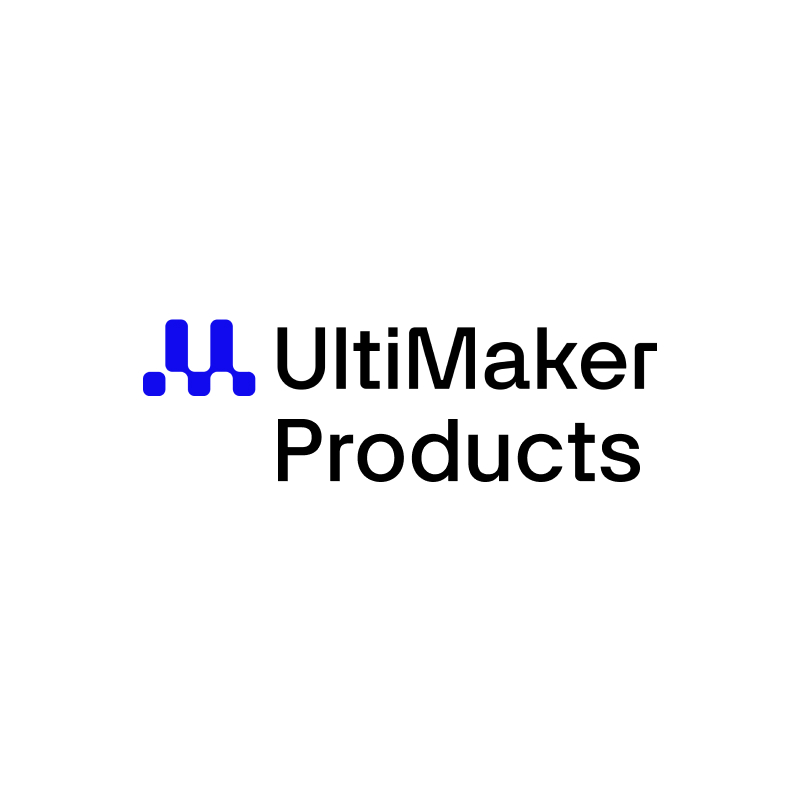 One of the coolest things on my radar these days is the rise in 3D printing. 3D printers work similarly to an inkjet printer, but rather than lay down a layer of ink, they lay down a layer of plastic, or ceramic, or other material. By laying down multiple layers, they can build up three-dimensional objects.
One of the coolest things on my radar these days is the rise in 3D printing. 3D printers work similarly to an inkjet printer, but rather than lay down a layer of ink, they lay down a layer of plastic, or ceramic, or other material. By laying down multiple layers, they can build up three-dimensional objects.
See that picture above? That’s the Irish Rose Consulting logo rendered in 3D in plastic. Using some simple design tools, I was able to take a 2D version of my logo and make it a 3D design. I then used an online service, Shapeways, to print the logo for me (since it was a first attempt, I didn’t bother with a two-color rendering).
So why is this cool? Do we really need a way to create more small plastic trinkets?
No, not really. But how about producing small plastic machine parts? How many times has this happened to you: your washing machine, or dishwasher, or some other household appliance breaks. You disassemble it, finally digging in to find a small plastic part broken. You call the company, and they order the part to be shipped to you. So you wait several days with appliance parts all over your kitchen while the part finds its way to you from overseas. Finally, days later, you’re able to reassemble the machine and return your house to normal.
Now, picture the 3D printing version. You find the broken part. You call the company, and 15 minutes later you receive via email a design file for the part. You fire up your digital printer, and 15 minutes later you have in hand a plastic part of just the right size. Total cost - 50 cents worth of plastic (and, of course, whatever the company charges you for the design file).
 This is already happening today. A Swedish manufacturer of music synthesizers called Teenage Engineering recently posted design files for their replacement parts online. Nokia recently released a kit to allow people to print their own plastic phone cases. I expect that we’ll see a lot of design files coming from manufacturers in the coming months.
This is already happening today. A Swedish manufacturer of music synthesizers called Teenage Engineering recently posted design files for their replacement parts online. Nokia recently released a kit to allow people to print their own plastic phone cases. I expect that we’ll see a lot of design files coming from manufacturers in the coming months.
But you’re not limited to printing pre-made designs. Now it’s within reach to design your own 3D object and become a short-run manufacturing outfit. Online communities like Shapeways and Thingiverse are popping up that allow people to share designs and sell objects. You don’t even need your own printer, as outfits like Shapeways will print your design. The Irish Rose logo seen above cost in the neighborhood of $5 to print, so it can be pretty cheap to get started.
And should you choose to buy your own printer, there are some available for under $2,000. One of the most popular, the MakerBot, retails for as little as $1,800. There’s even an open-source movement to provide design files for a 3D printer that can print most of the parts to make, yes, a 3D printer. So, buy one then make more of your own.
As with most new technology, prices are coming down, so I think we’ll soon see a tipping point where these are affordable for home use. The day will soon be here when you can print yourself a new coffee cup if you break your favorite mug.